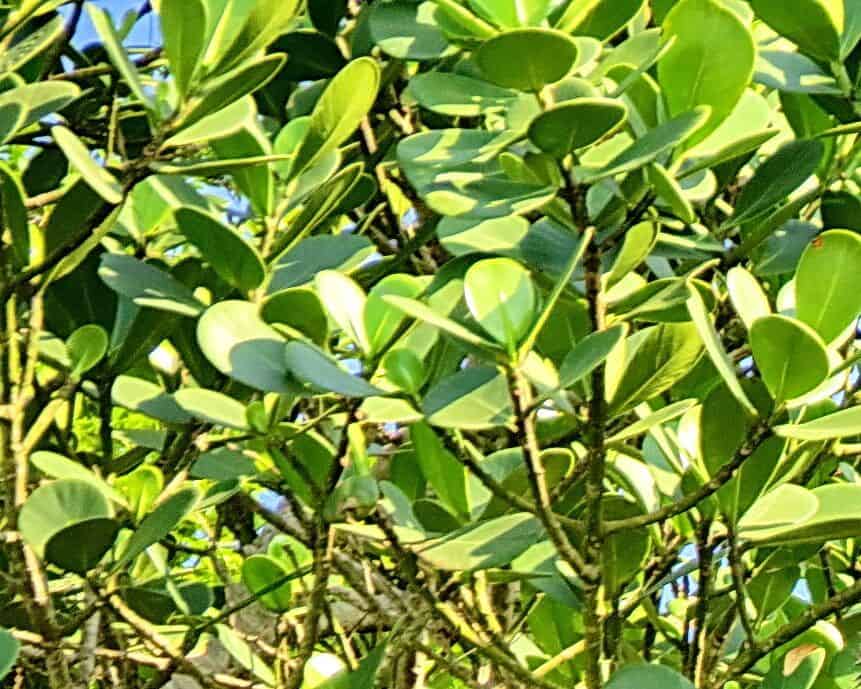Unlocking the Secrets of Alcantarea Glaziouana Propagation: A Guide to Multiplying Your Bromeliad Beauty
The Alcantarea glaziouana, with its striking silvery foliage and vibrant flower stalk, is a bromeliad that commands attention. Native to Brazil’s rocky outcrops, this exotic beauty can thrive in your home, too – and with a little know-how, you can multiply your collection. Let’s unravel the secrets of Alcantarea glaziouana propagation!
Understanding the Life Cycle:
Before we delve into techniques, it’s vital to understand this bromeliad’s unique life cycle. Unlike many plants continually producing new growth points, the Alcantarea glaziouana flowers only once in its lifespan. But don’t despair! Before this dramatic finale, the "mother" plant produces offshoots known as "pups," ensuring its legacy lives on.
Methods for Propagation:
- Pup Separation: This method offers the most reliable results.
- Timing: Wait until the pups are at least one-third the size of the mother plant. This ensures they’ve developed a strong enough root system for independent survival.
- Gentle Removal: Carefully remove the pup by gently twisting and pulling it away from the mother plant. If it resists, use a clean, sharp knife to sever the connection.
- Potting: Plant each pup in a well-draining potting mix specifically formulated for bromeliads. Ensure the base of the pup sits slightly above the soil line to prevent rotting.
- Seed Propagation: While possible, this method is less common and requires patience.
- Seed Collection: After flowering, collect the seed pods once they dry and begin to split open.
- Sowing: Sprinkle the tiny seeds on top of a moist, well-draining seed-starting mix. Do not bury them.
- Environment: Provide bright, indirect light and maintain a warm, humid environment.
- Patience: Seedlings may take several weeks to emerge and months to resemble miniature plants.
Essential Tips for Success:
- Light: Alcantarea glaziouana thrives in bright, indirect light. Avoid prolonged periods of direct sunlight, as this can scorch its leaves.
- Water: Water your bromeliad by filling the central "cup" formed by its leaves. Allow the water to sit for a few hours before discarding any excess. Water the soil sparingly, only when it feels dry to the touch.
- Humidity: As a tropical plant, this bromeliad appreciates high humidity. Misting its leaves regularly or placing it on a humidity tray can mimic its natural environment.
- Fertilizer: Use a diluted, balanced fertilizer specifically formulated for bromeliads during the growing season (spring and summer). Avoid fertilizing during the dormant winter months.
Conclusion:
Propagating your Alcantarea glaziouana is a rewarding experience that lets you multiply these architectural wonders. By understanding their life cycle and following these simple steps, you can ensure the legacy of your bromeliad continues for years to come, bringing a touch of the tropics to your home. Happy propagating!

